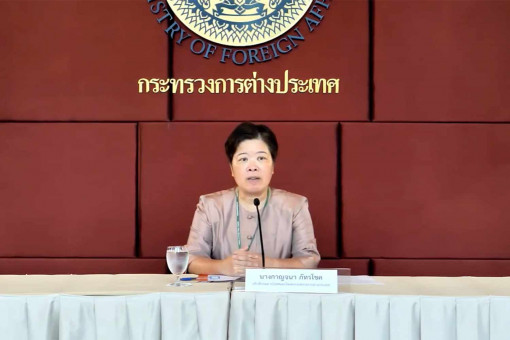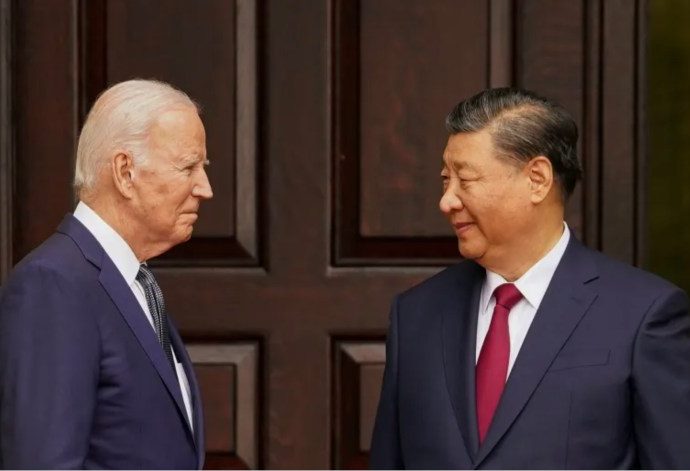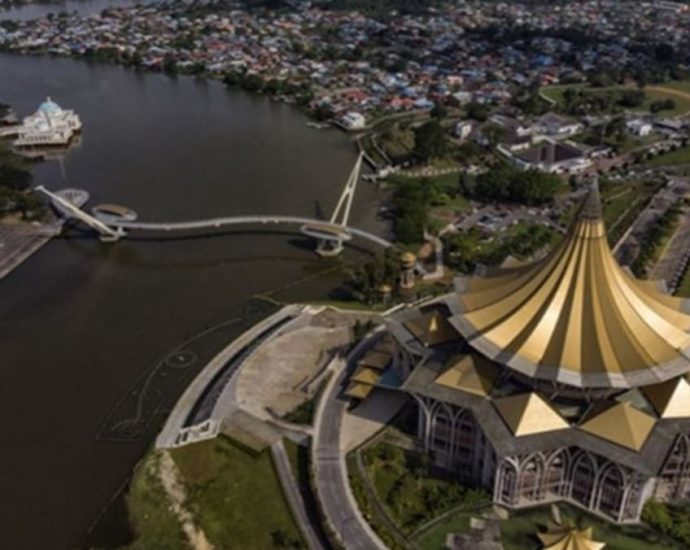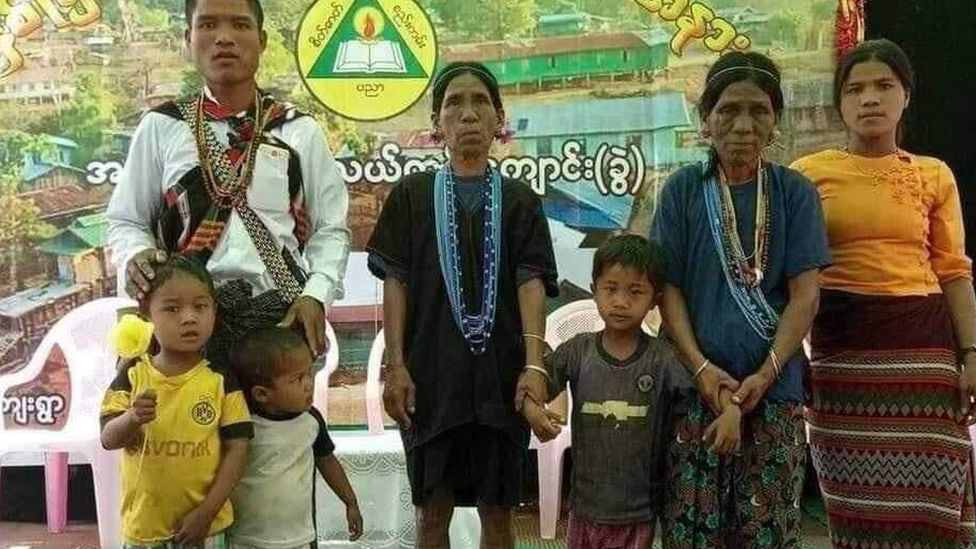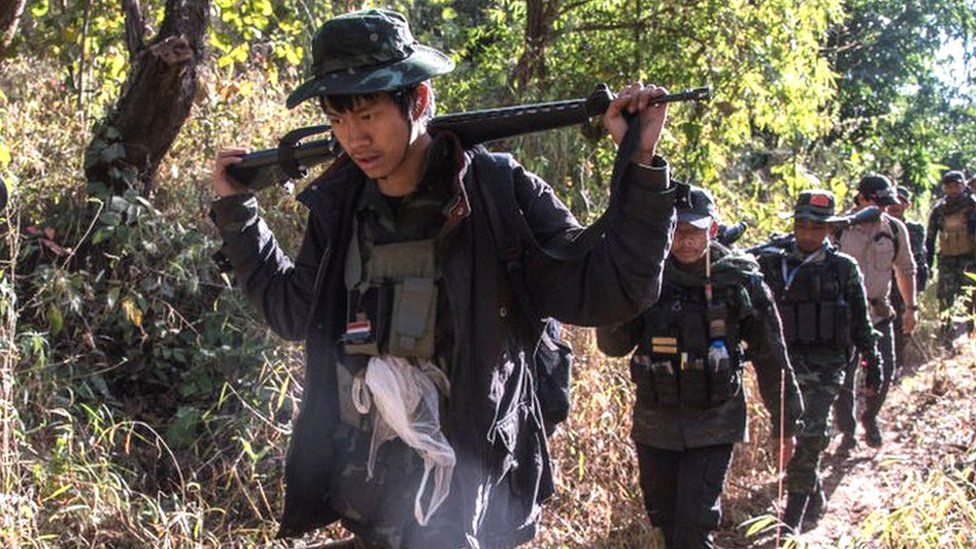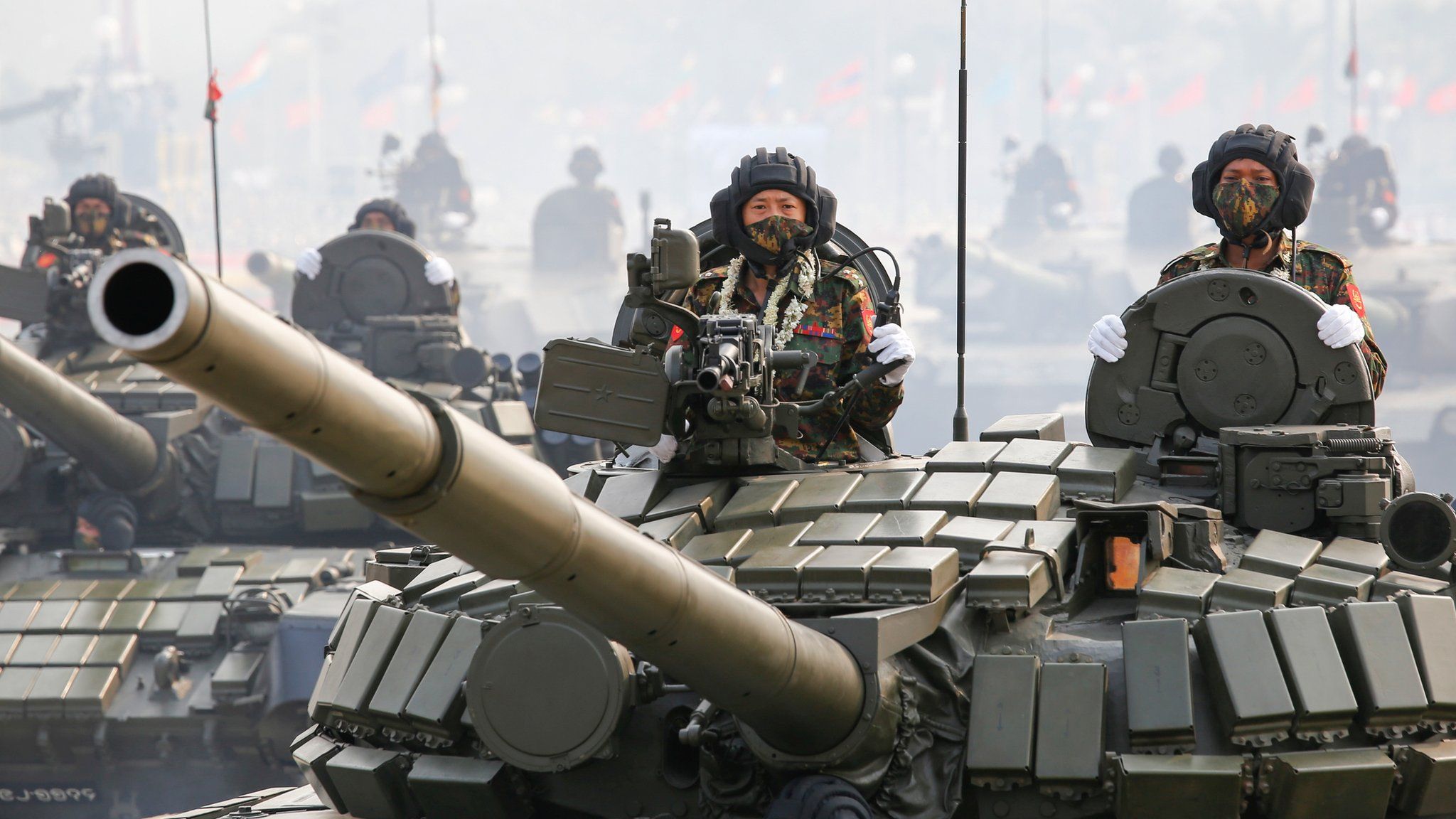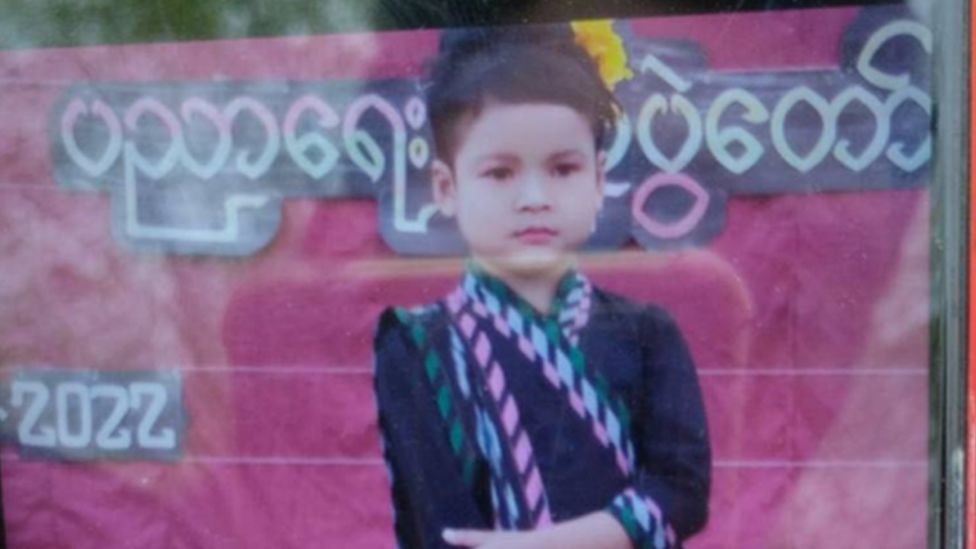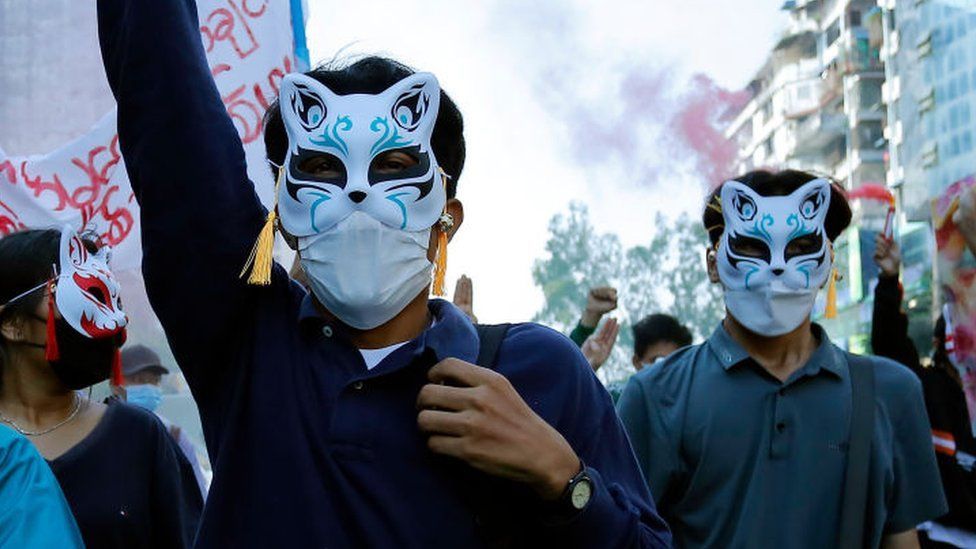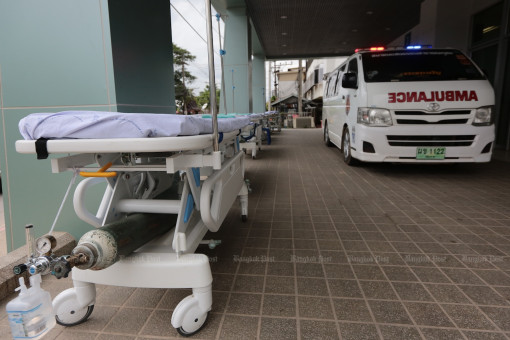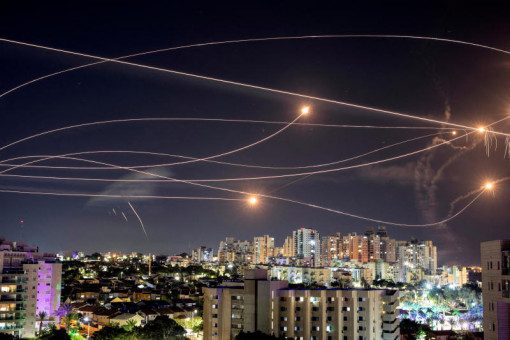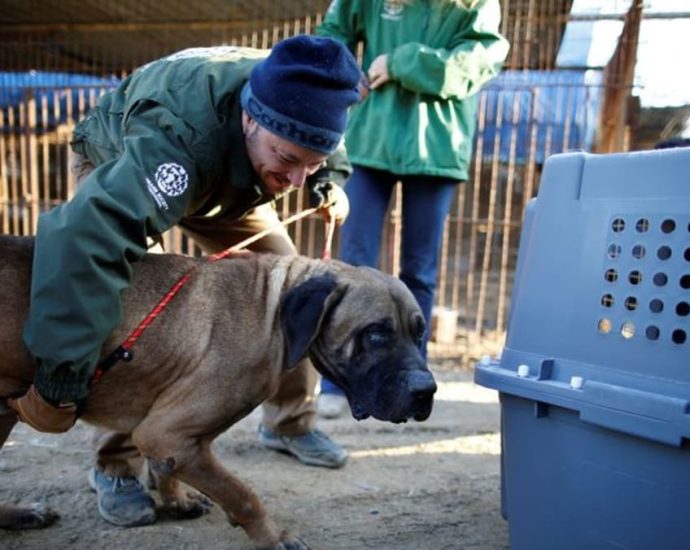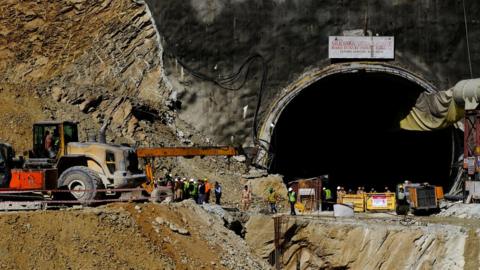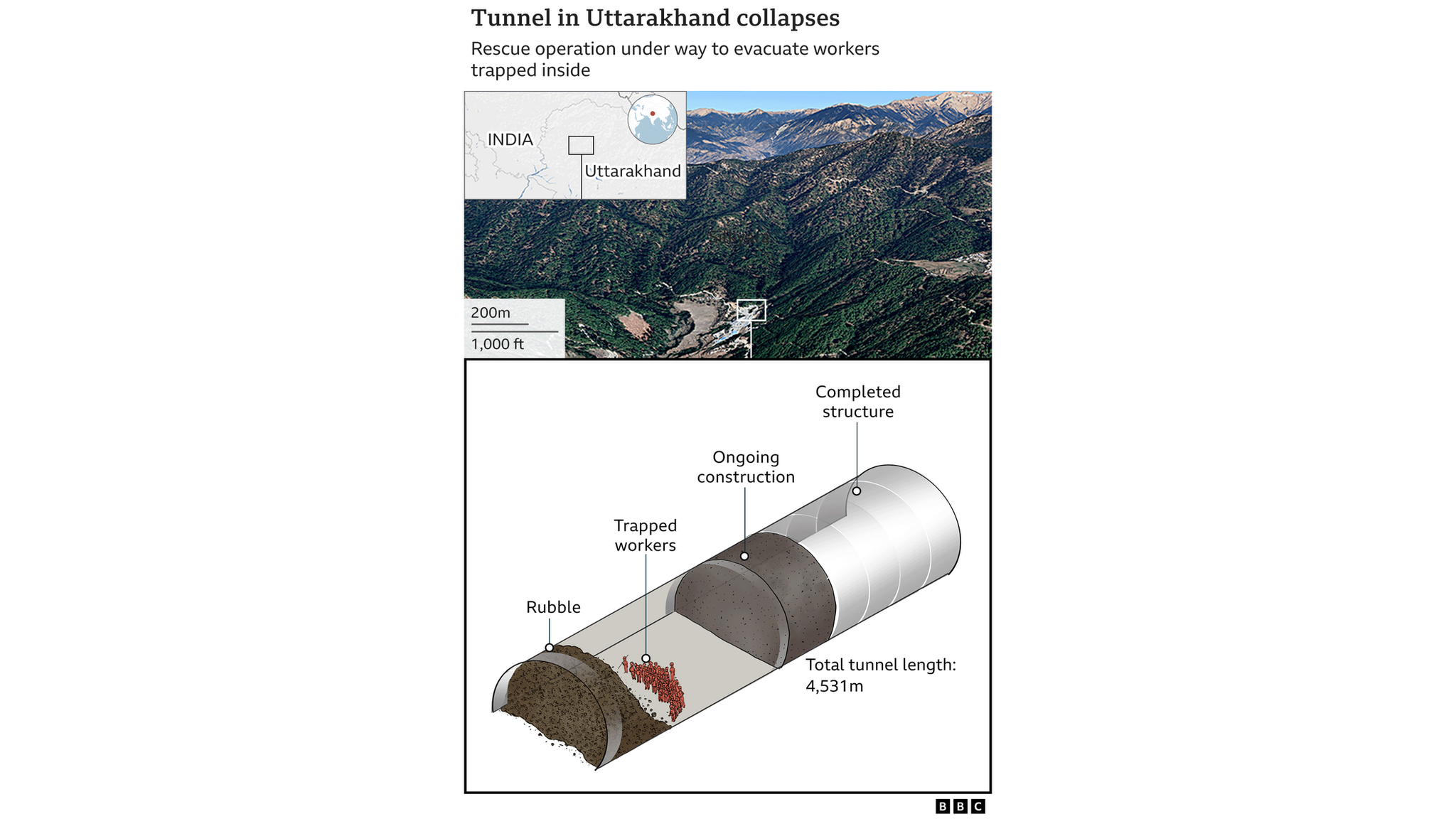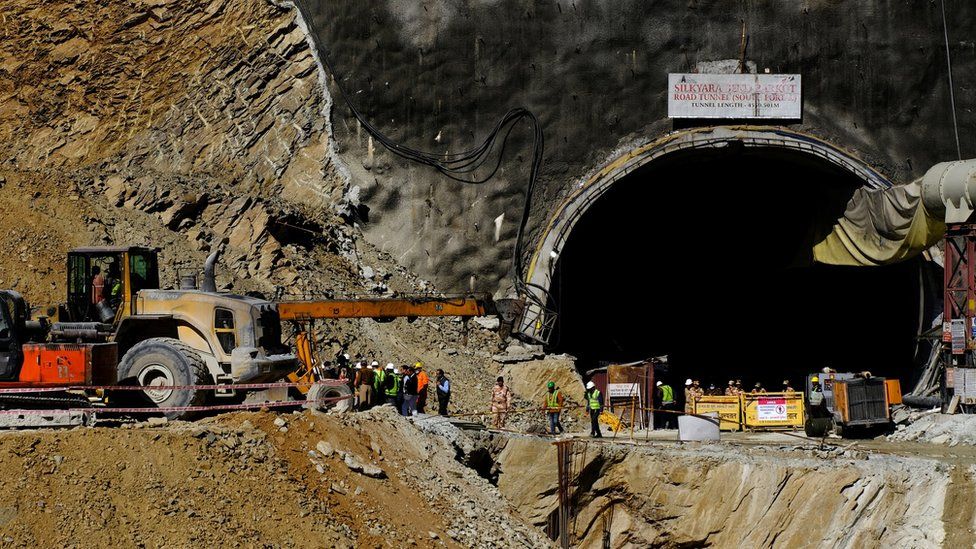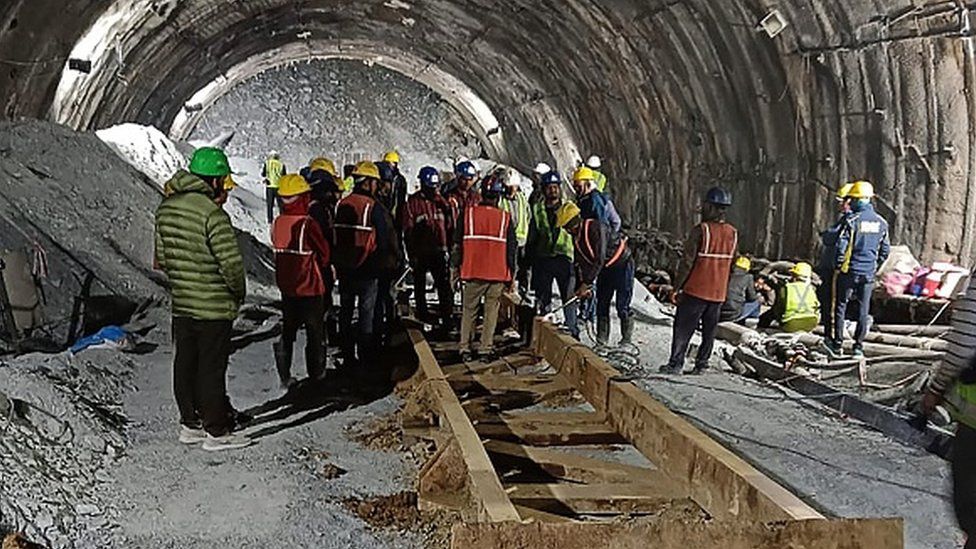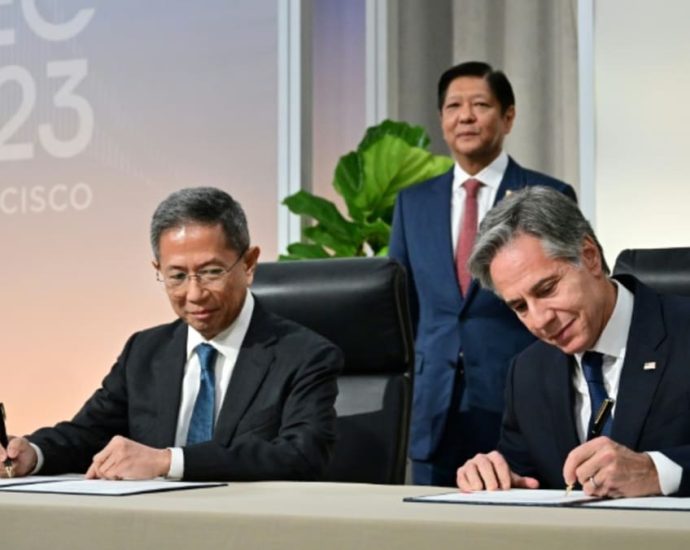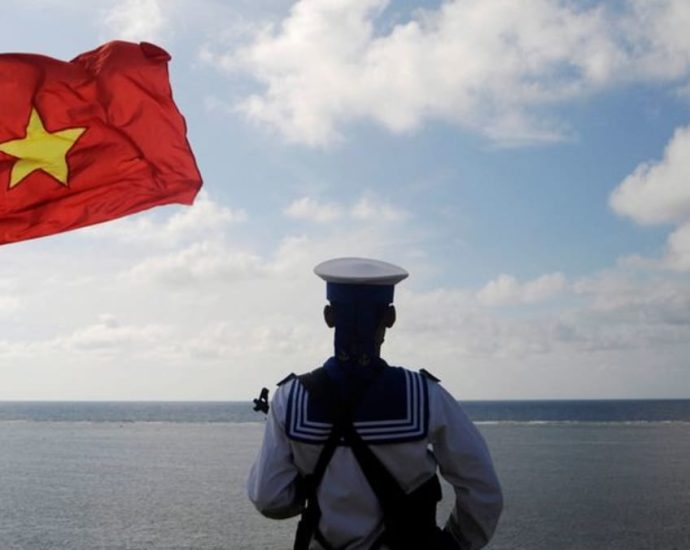50 Thais still detained in northern Myanmar need help
Scam centre bosses refusing to release some workers, says Foreign Ministry
PUBLISHED : 17 Nov 2023 at 18:00

The fate of up to 50 Thais still detained by scam gangs in Laukkaing amid battles between the Myanmar army and ethnic troops remains a big concern, while nearly 300 others have been saved, says the Ministry of Foreign Affairs.
Between 40 and 50 Thais are still at their workplaces in Laukkaing because their employers are refusing to release them, ministry spokeswoman Kanchana Patarachoke said on Friday.
“There are concerns about this group of 40 to 50 people. The embassy will keep trying to arrange for assistance,” she said.
Law enforcement depends on the laws of the respective countries, and governments will discuss ways to take legal action against the heads of criminal gangs, Ms Kanchana said.
China has been pressing Myanmar vigorously to crack down on the scam gangs, most of which prey on Chinese nationals, from their bases in lawless border areas of Shan state.
Apart from the 50 Thais still stranded, 41 others recently fled from Laukkaing to Kengtung. Myanmar authorities have been questioning them to get more information about illicit businesses and call scam gangs as part of their suppression effort, said Ms Kanchana.
Meanwhile, 254 other Thais have been moved from Laukkaing to safe areas. The Thai embassy in Yangon has already issued travel documents for them while they await repatriation transport, she said.
Pol Gen Surachate Hakparn, a deputy national police chief, said he would lead a delegation to Kunming, China on Saturday to receive some 200 Thais scheduled to arrive there the same day. They had been rescued from Laukkaing, he said.
Once they return home, he said, officials will review the information they have gathered and divide them into two groups: suspected scammers and victims who had been lured to work in Myanmar under false pretences.
Pol Gen Surachate said that based on his past experiences with scam centres in neighbouring countries, a minority of Thais working in them were lured or forced to go there.
In any case, he Pol Gen Surachate said that officials would do their best to rescue all Thai people from Laukkaing.

